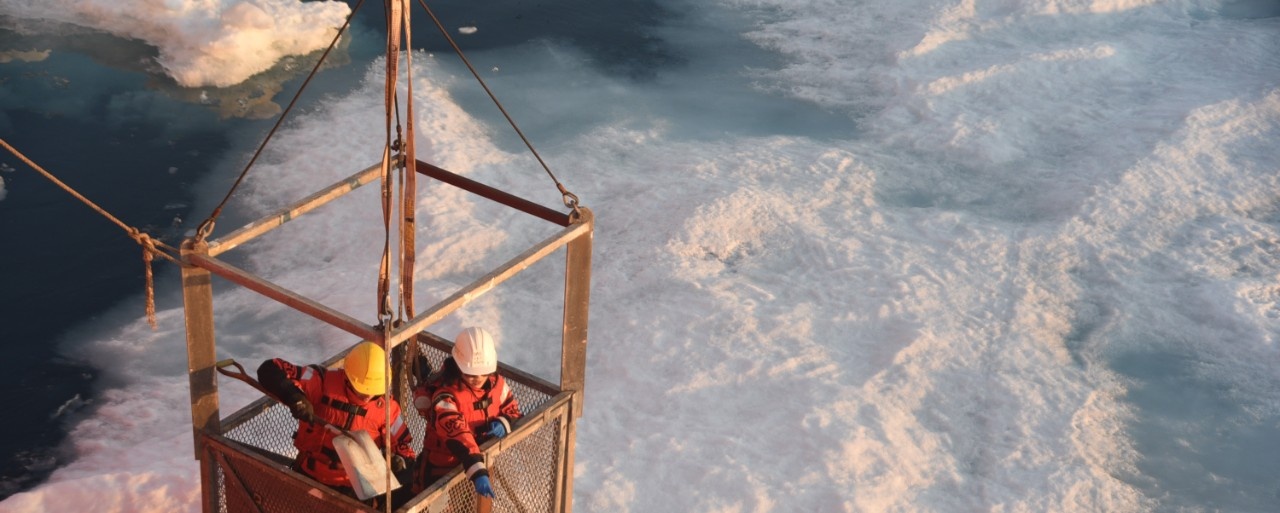M.Sc. Thesis Defence: Pinar Gurun
M.Sc. Thesis Defence
Pinar Gurun
Department of Earth and Environmental Sciences, 麻豆社
Title: Variations in Subduction Bending-Related Normal Faulting of the Incoming Juan De Fuca Plate Along the Cascadia Margin
Abstract: At most subduction zones, old and cold oceanic lithosphere undergoes pronounced plate bending that produces extensive normal faulting with large fault throws, which facilitates significant hydration of the incoming plate. The Cascadia subduction zone (SZ) presents a contrasting case: bend faulting is more limited, and the combination of a warm thermal regime, thick sediment cover, and young plate age restricts serpentinization of the mantle. Seismic studies indicate that most water in the incoming Juan de Fuca (JdF) plate is confined to the sediments and upper crust, with the lower crust and mantle remaining comparatively dry. Yet, other geophysical observations, including magnetotelluric, seismic tomography, surface heat flow, and seismic anisotropy, point to abundant fluids within the Cascadia subduction system, suggesting that despite its youth and warmth, the JdF plate is considerably more hydrated than previously inferred. However, the incoming JdF plate system displays along-strike variations in faulting and plate hydration at the trench. Current understanding of how these variations affect subduction zone processes, like intraslab earthquakes and slow slip events, even at a regional scale are not well understood due to the lack of modern seismic imaging. During June-July 2021, the Cascadia Seismic Imaging Experiment (CASIE21) acquired ~5347-line km of new marine multichannel seismic (MCS) reflection data covering much of the Cascadia margin, from Northern Vancouver Island to Northern California. The data were acquired using RIV Marcus G. Langseth with a 12-15 km streamer and a 6600 in3 tuned airgun array. Data processing was done by ION Geophysical to prestack depth migrated (PSDM) reflection images. To aid the interpretation of the seismic images, reflection events were identified and interpreted across sediments, crust, and uppermost mantle to characterize the extensional and/or transtensional deformation prior to subduction. This thesis discusses the obtained results and provides unique insights into the extensional/transtensional faults deforming the incoming oceanic JdF plate system with implications for plate hydration. A total of 1,157 faults were mapped, with five to six times more faults in the sedimentary section than in the igneous basement. Faults within the sedimentary section show strong along-margin variability. They are most dense offshore Vancouver Island, with steep apparent dips (typically >55掳) and balanced trenchward-to颅 ridgeward dip orientations. Within the oceanic crust and uppermost mantle, subduction bend颅 related faults are most abundant offshore northern Oregon and exhibit steep true dips. Longer individual faults occur in regions where faulting is generally less frequent. A systematic comparison between sedimentary and crustal faulting across the margin reveals that profiles offshore Washington and northern Oregon exhibit the highest crust-to-sediment fault ratios, consistent with reactivation of ridge-parallelabyssal fabric and dense crustal faulting. Low ratios offshore Vancouver Island and southern Oregon coincide with more complex Nootka deformation zone, propagator wakes, or newly developed faults. Spatial analysis of extensional faulting in both sediments and oceanic crust reveals four distinct regions of inferred hydration along the margin, with the most significant hydration offshore central Oregon to southern
Washington, as supported by fault clustering and in alignment with previous seismic studies. Ultimately, the results shown in this thesis may be applicable to other young convergent margins and offer a new, margin-scale perspective on how subduction bend-related extensional faulting governs hydration processes in the incoming oceanic plate, with implications for fluid budgets, seismicity, and subduction zone dynamics at Cascadia margin.
Examining Committee
Dr. Beatrice Magnani, Southern Methodist University, External Examiner
Dr. Mladen Nedimovic, 麻豆社, Supervisor
Dr. Alexandre Plourde, Geological Survey of Canada, Reader
Dr. Miao Zhang, 麻豆社, Reader
Dr. Owen Sherwood, 麻豆社, Chair
Time
Location
Milligan Room, Life Sciences Centre, Room 8007
